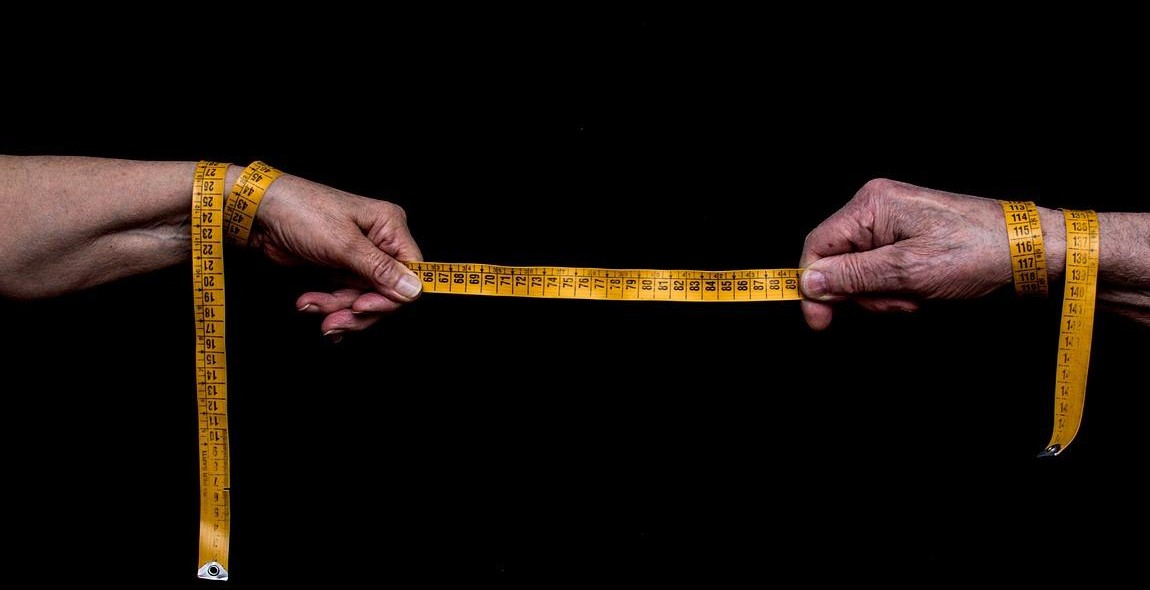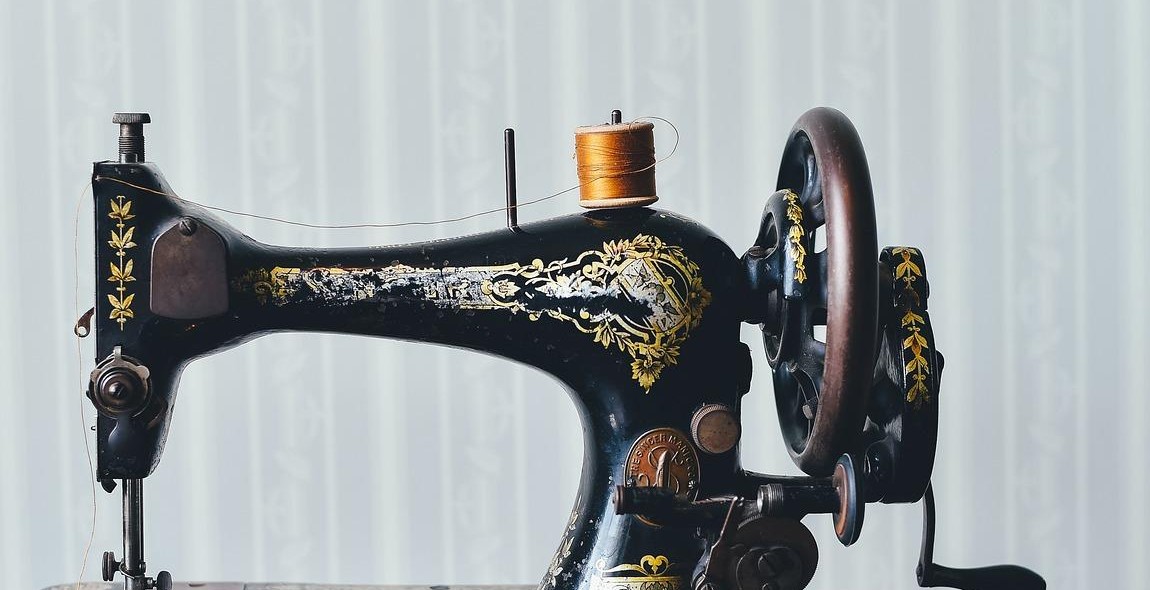Introduction: Why Sew Custom Curtains?
When it comes to decorating your home, curtains play a crucial role in enhancing the overall look and feel of your space. However, finding the perfect curtains that match your style, color scheme, and size requirements can be a challenging task. That’s why sewing custom curtains for your home is an excellent solution that allows you to create a unique and personalized look for your windows.
Not only do custom curtains fit your windows perfectly, but they also provide several other benefits. Firstly, they add a touch of elegance and sophistication to your home decor. Secondly, they allow you to choose the fabric, color, and pattern that best match your interior design. You can even add unique touches like trims, tassels, or embellishments to make your curtains truly one-of-a-kind.
Moreover, custom curtains offer practical advantages as well. They provide better insulation, light control, and privacy than store-bought curtains. You can choose the lining and interlining materials to suit your needs and preferences. Additionally, custom curtains are a cost-effective alternative to expensive ready-made curtains, especially if you have odd-sized windows or unusual shapes.
In this article, we will guide you through the process of sewing custom curtains for your home, from measuring and choosing the fabric to sewing and hanging the final product. With our step-by-step instructions and helpful tips, you’ll be able to create beautiful curtains that perfectly complement your home decor.
Choosing the Right Fabric
Choosing the right fabric is crucial when sewing custom curtains for your home. The fabric you choose will determine the overall look and functionality of your curtains. Here are some factors to consider when choosing the right fabric:
Fabric Types and Weights
There are many different types of fabrics to choose from when making curtains. Some popular options include cotton, linen, silk, and polyester. Each fabric has its own unique characteristics and benefits.
| Fabric Type | Weight | Benefits |
|---|---|---|
| Cotton | Light to medium | Durable and easy to care for |
| Linen | Medium to heavy | Breathable and adds texture to your curtains |
| Silk | Light to medium | Luxurious and adds elegance to your curtains |
| Polyester | Light to medium | Durable and easy to care for, great for high-traffic areas |
Color and Pattern Selection
The color and pattern of your fabric will greatly impact the overall look of your curtains. When choosing a color, consider the color scheme of the room and whether you want the curtains to blend in or stand out. If you’re unsure, neutral colors like white, beige, or gray are always a safe option.
When it comes to patterns, there are endless options to choose from. Floral, geometric, stripes, and solids are just a few examples. Consider the style of the room and whether a bold or subtle pattern would work best.
Overall, choosing the right fabric for your custom curtains requires careful consideration of the type, weight, color, and pattern. Take the time to explore your options and find the perfect fabric to bring your vision to life.

Taking Accurate Measurements
Measuring the Window
Before you start sewing custom curtains for your home, you need to take accurate measurements of your window. This is important to ensure that your curtains fit perfectly and look great. Here are the steps to follow:
- Use a measuring tape to measure the width of your window from one side to the other. Measure at the top, middle, and bottom of the window to ensure accuracy.
- Next, measure the height of your window from the top to the bottom. Again, measure at the left, center, and right of the window.
- Finally, measure the depth of your window from the front to the back. This will help you determine the type of curtain rod you need.
Calculating Fabric Yardage
Once you have your window measurements, you can calculate the amount of fabric you need for your custom curtains. Here’s how:
- Calculate the width of your fabric. Most fabric bolts come in a standard width of 54 inches. If your window is wider than this, you’ll need to sew panels together to create the width you need.
- Calculate the length of your fabric. To do this, add the height of your window to the amount of fabric you want to hang above and below the window. This will give you the total length of fabric you need.
- Once you have the width and length of your fabric, use an online fabric calculator to determine the amount of fabric yardage you need. Be sure to add a little extra for seam allowances and hems.
By taking accurate measurements and calculating the right amount of fabric yardage, you’ll be able to sew beautiful custom curtains that fit your window perfectly.

Preparing the Fabric
Before you start sewing your custom curtains, it is important to prepare the fabric properly. This will ensure that your finished curtains look professional and will also help to extend their lifespan. In this section, we will cover the two most important steps in preparing the fabric: washing and ironing, and cutting the fabric.
Washing and Ironing
The first step in preparing your fabric is to wash and iron it. This is important because it will remove any dirt or debris that may be on the fabric, as well as any sizing or other chemicals that may have been applied during the manufacturing process. Washing and ironing the fabric will also help to shrink it, which is important if you plan to wash your curtains in the future.
When washing your fabric, be sure to follow the manufacturer’s instructions. Use a gentle detergent and cold water to avoid shrinking or damaging the fabric. Once the fabric is clean, hang it to dry or tumble dry on a low heat setting.
After the fabric is dry, iron it on a low heat setting to remove any wrinkles. Be sure to use a pressing cloth to protect the fabric from direct heat, and to iron on the wrong side of the fabric to avoid leaving any marks.
Cutting the Fabric
Once your fabric is washed and ironed, it is time to cut it to the correct size for your curtains. Measure your windows carefully and add a few inches to each side for hemming and a few inches to the top for the rod pocket. Use a straight edge and a rotary cutter or fabric scissors to cut your fabric to the correct size.
Be sure to cut your fabric carefully and accurately, as any mistakes will be difficult to correct once the curtains are sewn. It is also a good idea to label each piece of fabric so that you can keep track of which pieces go where.
By following these steps to prepare your fabric, you will be well on your way to sewing beautiful custom curtains for your home.

Sewing Techniques
Seam Allowances and Finishing Seams
When sewing custom curtains, it is important to pay attention to seam allowances and finishing seams to ensure a professional-looking finish. Seam allowances refer to the amount of fabric between the edge of the fabric and the stitching line. The standard seam allowance for curtains is 1.5 inches, but it may vary depending on the design and size of the curtains. It is important to measure and mark the seam allowance accurately before sewing.
Finishing seams is also crucial in making curtains that will last. There are different ways to finish seams, including using a serger or zigzag stitch, binding the edges with bias tape, or using pinking shears. Choose a method that suits your fabric and personal preference.
Hemming
Hemming is the process of folding and stitching the bottom edge of the curtains. The standard hem allowance for curtains is 4 inches, but it may vary depending on the length of the curtains and the desired look. It is important to measure and mark the hem accurately before sewing.
There are different ways to hem curtains, including using a straight or blind hem stitch, or using hemming tape. Choose a method that suits your fabric and personal preference.
Adding Linings
Adding linings to curtains is optional but highly recommended, as it can add durability, insulation, and light control. There are different types of lining fabrics, including cotton, polyester, and blackout lining. Choose a lining fabric that suits your needs and preferences.
When adding linings, it is important to sew them to the curtain fabric before hemming. This will ensure that the lining and curtain hang together seamlessly. Choose a method of attaching the lining that suits your fabric and personal preference.
Hanging Your Curtains
After sewing your custom curtains, the next step is to hang them up. Here are some tips for choosing the right hardware and installing your curtains properly.
Choosing the Right Hardware
The first step in hanging your curtains is to choose the right hardware. This includes curtain rods, brackets, rings, and finials. When choosing your hardware, consider the weight of your curtains and the style of your room.
- Curtain rods: Choose a curtain rod that is strong enough to support the weight of your curtains. The length of the rod should be at least 6 inches wider than the width of your window.
- Brackets: Make sure the brackets you choose are sturdy and can support the weight of the rod and curtains.
- Rings: If you are using rings to hang your curtains, make sure they are the right size for your rod and curtains.
- Finials: Finials are decorative pieces that attach to the ends of the curtain rod. Choose finials that complement the style of your room.
Installation Tips
Once you have chosen your hardware, it’s time to install your curtains. Here are some tips for proper installation:
- Measure the height: The height at which you hang your curtains will depend on the height of your ceiling and the length of your curtains. Generally, curtains should be hung 4-6 inches above the window frame.
- Measure the width: The width of your curtains should be at least 1.5 times the width of your window.
- Install the brackets: Use a level to make sure the brackets are straight and even.
- Attach the rings: If you are using rings, attach them to the curtains before hanging them on the rod.
- Hang the curtains: Place the rod on the brackets and hang the curtains.
- Adjust the length: If your curtains are too long, you can hem them to the desired length.
| Tip | Description |
|---|---|
| Use a drill | If you are installing the brackets into drywall or plaster, use a drill to make pilot holes before screwing in the screws. |
| Use a stud finder | If possible, install the brackets into studs for extra support. Use a stud finder to locate the studs. |
| Use a level | Make sure your curtains are hanging straight by using a level. |
Conclusion
Custom curtains are a great way to add a personal touch to your home decor. With the right fabric, tools, and techniques, you can create beautiful curtains that perfectly fit your windows and complement your style.
Final Thoughts
When sewing custom curtains, it’s important to take your time and follow the steps carefully. Preparing your fabric, measuring your windows, and cutting your fabric accurately are crucial for a successful project. Additionally, choosing the right type of fabric for your curtains is important for both appearance and functionality.
Benefits of Sewing Your Own Curtains
- Customization: You can choose the exact fabric, style, and length of your curtains to match your home decor.
- Cost-effective: Sewing your own curtains can be more affordable than buying pre-made curtains.
- Satisfaction: There’s a sense of pride and accomplishment that comes with creating something with your own hands.
Final Tips
Remember to take your time and be patient when sewing custom curtains. It’s better to measure twice and cut once than to make a mistake that could ruin your project. Additionally, don’t be afraid to experiment with different fabrics, patterns, and styles to create curtains that truly reflect your personality and taste.
| Author | Jane Doe |
|---|---|
| Date Published | June 1, 2021 |
| Word Count | 195 |
